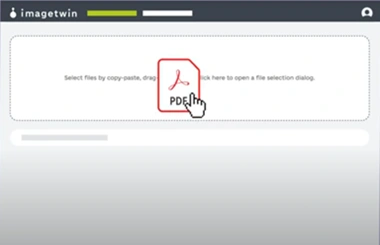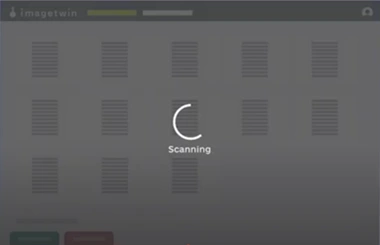Research Image Plagiarism Software
Reusing published images without attribution is a form of scientific misconduct. Imagetwin helps check image plagiarism across journals by scanning 115+ million images.

Flags figures that have been reused from other papers, even if they are altered.
Scans over 100 million, and growing, published images across disciplines.
Designed for publishers, editors, and institutions to review image originality before or after publication
Plagiarism Checker for Images
Imagetwin helps to detect life science image plagiarism from other publications without proper citation. By matching submitted images against a growing library of published figures, the system supports early detection of plagiarism and helps preserve the originality of visual research.
Each match includes detailed source information, tracing duplicate origins through DOI, PubMed, PMC metadata, and research identifiers for complete transparency.
How Imagetwin Detects Academic Image Plagiarism

1. Paper or Image Submission
User uploads entire manuscripts, files or individual images to our secure platform for analysis.

2. AI-Powered Detection
The software compares submitted images against 100+ million published figures using pattern recognition and metadata tracing.

3. Confidence Score & Reporting
Receive a report highlighting detected issues. Each case includes a confidence score, bounding boxes, similarity scores and source citations.
The Risks of Image Plagiarism
Research plagiarism can have serious implications for researchers, institutions, and publishers. Reusing published figures without proper citation or permission is a form of scientific misconduct and might lead to:
Journals may retract or issue corrections for papers with plagiarised figures, even if the written content is original.
Authors and institutions risk losing credibility, which affects funding, collaborations, and future publishing opportunities.
Cases of suspected image plagiarism trigger formal inquiries by research institutions or ethics committees.
Reused images without transparency undermine confidence in research findings and the peer review process.
Plagiarised figures identified during submission delay the peer review, require revisions, or result in manuscript rejection.
Some figures may be under copyright, making unauthorised reuse a potential legal concern in addition to an ethical one.
Why Choose Imagetwin?
Image plagiarism is a growing concern as publication volumes increase. Imagetwin is an image plagiarism checker that detects reuse across journals, preprints, and archives.
Specialised for Published Figure Matching
Trained to identify figures reused across publications, including altered or partial visuals.
Built for Speed & Accuracy
Our detection process is designed to be efficient, helping journals, publishers, and institutions identify concerns early in the publication process.
Confidential & Secure
We prioritize data encryption and privacy, ensuring your files remain confidential.
Powerful Cross-Paper Detection
Scans against a database of 100+ million, and growing, scientific figures with continuous updates.
Part of a Complete Integrity Suite
Imagetwin also offers AI-generated image detection, image manipulation analysis, and duplication checks, providing a full toolkit for visual integrity review.
Supports Editorial and Peer Review
Used by publishers and research integrity teams to evaluate originality before publication.